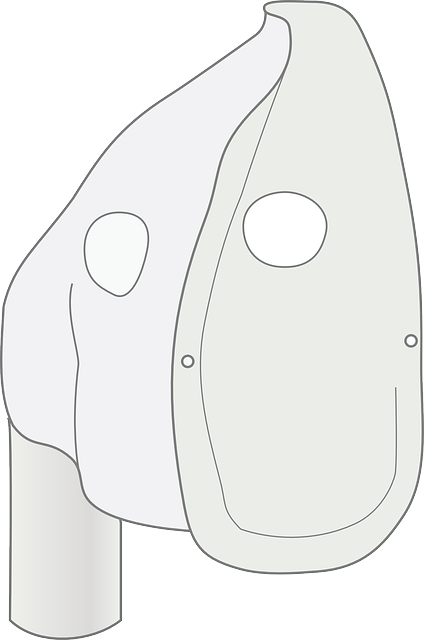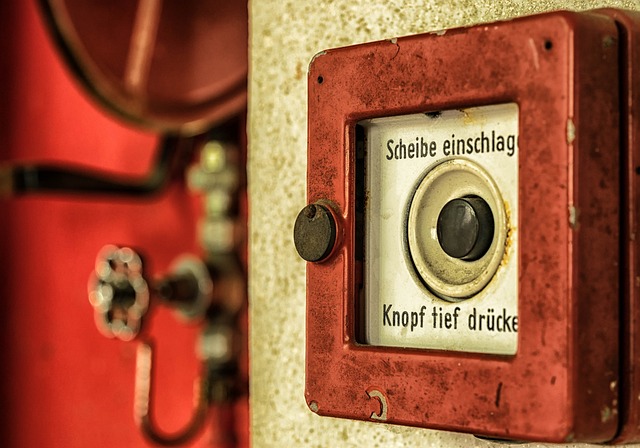Spill simulation drills with specialized grant-eligible hazmat props are crucial for Hazmat management, replicating real scenarios to improve response strategies and ensure environmental compliance. These realistic tank props, including a $8000 option, offer immersive training, enhancing operational efficiency, reducing recovery times, and mitigating ecological damage, ultimately saving lives and resources. Grant-eligible props affordably boost training programs and national Hazmat incident preparedness.
In today’s digital era, effective hazardous material (Hazmat) training is more crucial than ever. Spill simulation drills play a pivotal role in preparing emergency responders for real-world crises, minimizing risks, and enhancing safety. Central to these exercises are tank props, like the $8000 range tank prop, designed for realistic spill scenarios. This article explores the significance of such drills, the essential role of tank props, available grant opportunities for Hazmat training equipment, key features of this advanced prop, and its implementation and benefits through a case study, highlighting why it’s a grant-eligible hazmat prop investment.
- Understanding Spill Simulation Drills and Their Importance
- The Role of Tank Props in Hazardous Material Training
- Grant Opportunities for Hazmat Training Equipment
- Key Features of an $8000 Range Tank Prop
- Implementation and Benefits: A Case Study
Understanding Spill Simulation Drills and Their Importance

Spill simulation drills are crucial exercises for organizations dealing with hazardous materials (hazmat). These drills replicate real-world scenarios, allowing teams to practice their response strategies and preparedness plans. By using specialized equipment like a $8000 range tank prop, designed specifically for spill simulations, companies can effectively train personnel on containing and cleaning up hazardous substances. This not only enhances operational efficiency but also ensures compliance with environmental regulations.
The significance of these drills cannot be overstated, especially in industries where accidental spills pose significant risks. Grant-eligible hazmat props facilitate realistic training, enabling organizations to demonstrate their commitment to safety and environmental stewardship. Through regular simulations, companies can identify weaknesses in their response plans, improve recovery times, and mitigate potential ecological damage, ultimately saving lives and resources.
The Role of Tank Props in Hazardous Material Training

Tank props, such as the $8000 range tank prop designed for spill simulation drills, play a pivotal role in hazardous material (hazmat) training. They serve as realistic and grant-eligible hazmat props, enabling emergency responders to prepare for real-world scenarios with maximum efficacy. By replicating the look, size, and behavior of actual tanks, these props facilitate immersive training that enhances skills and improves decision-making under pressure.
In hazardous material management, practical training is essential to ensure that first responders are well-equipped to handle spills, leaks, or accidents involving toxic substances. Tank props allow for controlled, low-risk environments where trainees can learn spill containment procedures, practice deployment of specialized equipment, and gain hands-on experience in a safe setting. This preparation translates directly into better response times and more effective mitigation strategies during actual emergency situations.
Grant Opportunities for Hazmat Training Equipment

For organizations involved in hazardous material (Hazmat) training, acquiring specialized equipment can be a significant investment. However, various grant opportunities exist to support these essential efforts, making it easier for first responders and emergency management teams to prepare for real-world spill simulation drills. These grants specifically cater to the need for realistic training aids, including robust tank props designed to mimic hazardous substances.
Eligible Hazmat prop solutions, such as the $8000 range tank prop, offer an affordable and effective way to enhance training programs. By leveraging grant funding, agencies can secure high-quality, durable equipment without straining their budgets. This not only ensures that trainees receive the best possible preparation but also contributes to a more robust national response capacity in the event of actual Hazmat incidents.
Key Features of an $8000 Range Tank Prop

The $8000 range tank prop is a cutting-edge, grant-eligible hazmat prop designed for spill simulation drills. Its key features include robust construction, ensuring durability and longevity in rigorous training scenarios. This prop simulates a standard-sized tank, allowing for realistic practice of hazardous material containment and cleanup procedures.
Equipped with intricate details that mimic real tanks, it offers an immersive training experience. The prop’s versatile design enables it to be positioned in various orientations, accommodating different drill scenarios. Its capacity to withstand high-pressure situations makes it ideal for preparing emergency response teams for challenging hazmat incidents.
Implementation and Benefits: A Case Study

Implementing a $8000 range tank prop for spill simulation drills offers significant advantages in hazardous material (hazmat) training and preparedness. This grant-eligible hazmat prop is designed to replicate real-world scenarios, enhancing the realism and effectiveness of emergency response exercises. By integrating such advanced equipment, fire departments, and emergency management teams can significantly improve their capabilities in handling hazardous substance spills.
Case studies from various agencies have demonstrated the tangible benefits. These props enable detailed training for specialized containment procedures, personal protective equipment (PPE) deployment, and efficient decontamination processes. Moreover, they foster a culture of continuous improvement by providing opportunities to refine strategies and tactics based on hands-on experience. This proactive approach ensures that when an actual emergency arises, response teams are better equipped to mitigate risks and protect both public safety and the environment.






